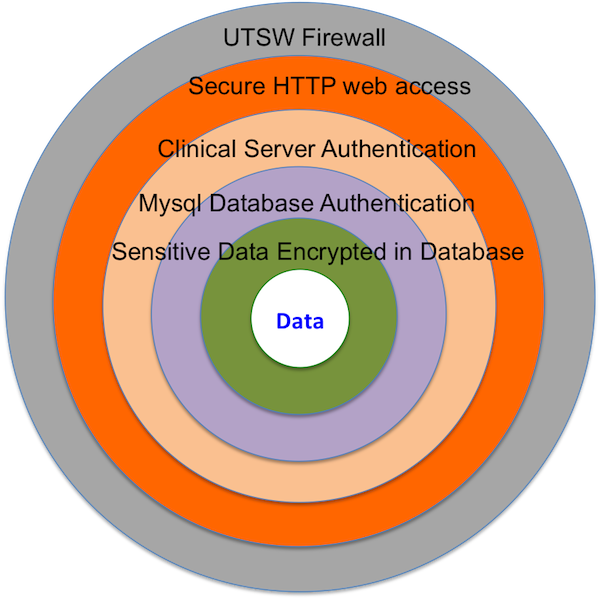From Files to Database
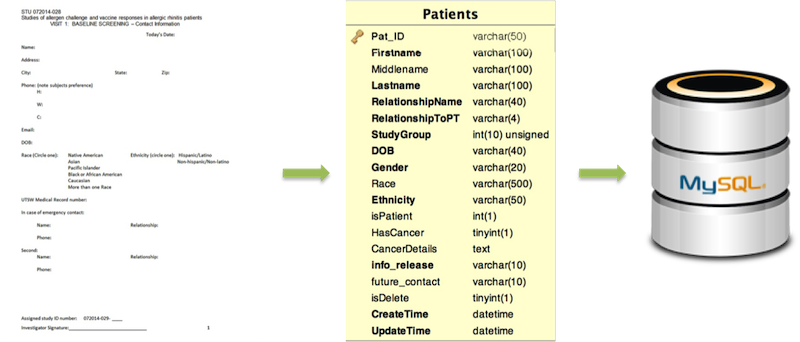
Data management is usally a big challenge for the project of long-term aim. The risks rise up along with the giant-amount data generation and the following data clean, organization, store, sharing, security, and mining. Excel or notepad is a popular but low-effort way for many existing biomedical projects to record the data. Consequently, more and more projects turn to more efficient MySQL database. To our knowledge, the comparison between excel and Mysql database is listed below.
| Excel | MySQL | MySQL Advantage | |
|---|---|---|---|
| Access Location | Local Machine | Internet Share | Easier for remote sharing |
| Data Source | Multiple Copies on different machines | Single Data Source | Easier for Data Version Control and Maintenance |
| Data Input | Slow and wrong-input risk | Quick and Standard Input | 1)Validate User’s Input 2)Allow Batch input |
| Access Permission Control | Weak | Strong | Multi-layers access protections |
| View Change History | None | Possible | Information Change History is Recorded |
| Unexpected Information Deletion | Can't recovered | Can be recovered | Important information can be protected from deletion |
| Data Backup | None | Automatic Periodic Data Backup | Avoid Data Missing |
| Data Summary | Weak | Strong | Good for Data Visualization |
Allergy Database Design
The database of UT Southwestern Allergic Disease and Antiviral Responses Program will contain three layers of datab including Patients layer, Samples layer, and Experiments layer. Inside patients layer, clinical information such as personal identifier, chemotherapy, followup, diagnosis, and others. Samples layer records the details of sampling. Experiments layer contains the experiments on samples and experimental processed results. Below please find the brief achitect.
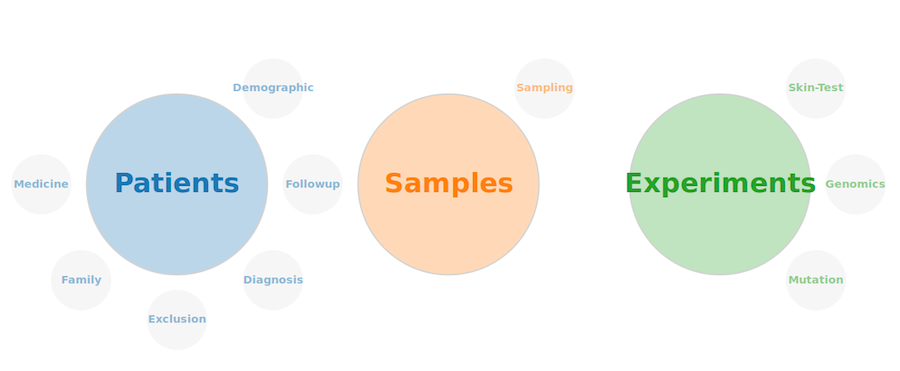
The design of database contains a serial of considerations such as
- Data Quick Query
- Least Data Redundancy
- Variable Codebook for standardize Data Input
Quantitative Biomedical Research Center (https://qbrc.swmed.edu) of UT Southwestern Medical Center has been working on database design and online biomedical softwares for more than five years. Our engineers have long-time work experiences for reliable database design and user-friendly web portal implement. One example is shown below.
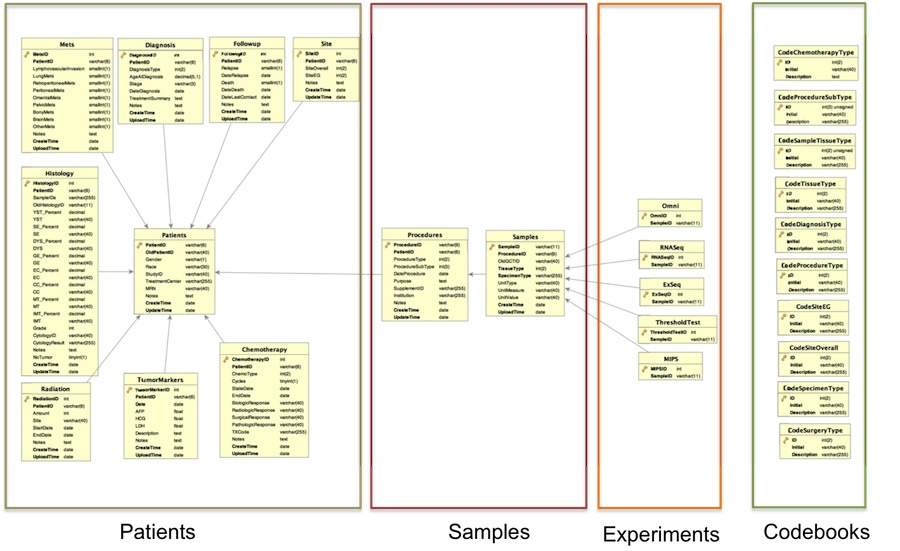
Database Usage
Data Input and Query
An well-designed MySQL database is very powerful for data usage. Data query becomes a easy task and makes possible user-friendly web input and display.
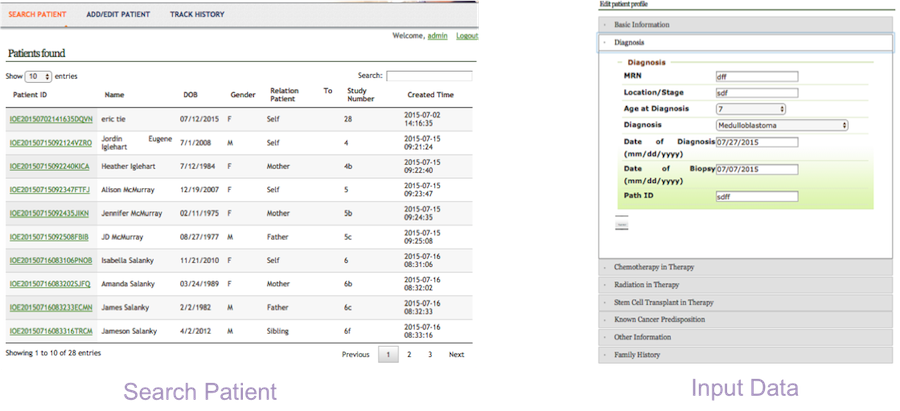
Inside allergy database, our preliminary experimental results has been well organized. Quick query is one of the most useful features based on MySQL database. For example,
Data Summary
The power of web software development lets data summary be easier and clearer. Real-time data summary may help researchers dynamically understand the status of database.


 From Files to Database
From Files to Database